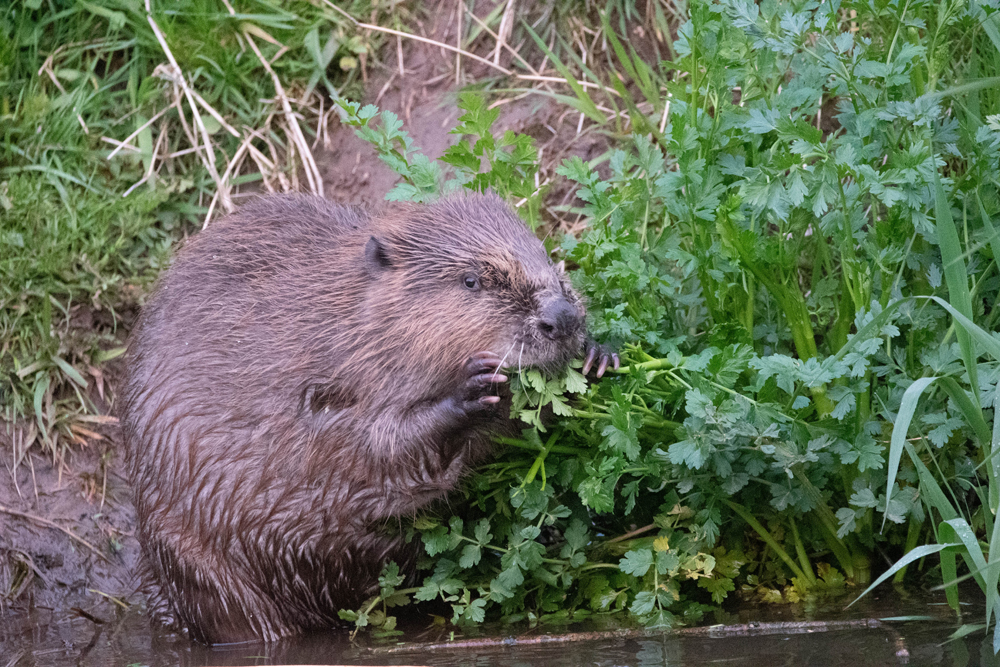RSPB Scotland has announced that its application to see beavers moved to Loch Lomond from elsewhere in Scotland has been successful.
An application to move a family of beavers from Tayside to Loch Lomond has been successful, it has been announced by NatureScot today.
A licence application was made by RSPB Scotland to NatureScot to translocate a family of beavers to the Loch Lomond NNR, which is jointly managed by RSPB Scotland, Loch Lomond and the Trossachs National Park Authority and NatureScot.
Scottish Government policy changes, welcomed by RSPB Scotland, to support the expansion of the beaver population across Scotland means from now on more animals are able to be moved to new suitable wetland areas, like Loch Lomond. RSPB Scotland is keen to help facilitate this approach on its nature reserves. The nature conservation charity anticipates that beavers, natural “ecosystem engineers” will enhance habitats and species diversity, and assist greatly with the delivery of the Scottish Government’s new Biodiversity Strategy and addressing both the climate and nature emergencies.

Beaver, copyright Mark Hows, from the surfbirds galleries
Now the license has been granted, preparations are underway to move a small family group. The beavers will be captured at their current location, then undergo a series of health checks before being transported to the RSPB Scotland nature reserve for release. Once the beavers are released, they will be closely monitored by our site staff to see how they settle in.
Duncan Orr-Ewing, Head of Species and Land Management at RSPB Scotland said: “We are incredibly excited to be able to offer a home to these amazing animals. The Loch Lomond NNR is an ideal home for beavers with fen, open water and wet woodland habitat for them to explore. Beavers are nature’s wetland creators capable of creating and managing habitats in a way that we could never hope to achieve. We are looking forward to seeing the benefits that beavers bring to the wider biodiversity including amphibians, fish and wetland birds as well as our visitors who will hopefully see some of their engineering work over the coming years.”
All proposals to move beavers within Scotland require a licence from NatureScot. Ahead of submitting the application to be a translocation release site, there was 10 weeks local stakeholder engagement involving neighbours and local communities in the Gartocharn area. A number of events were held where stakeholders around the NNR could find out more about what the translocation would involve, learn about beaver ecology, and ask any questions and share their thoughts.
Eurasian beavers are native to Britain and used to be widespread in Scotland, sharing their waterways with humans for thousands of years until they went extinct in the 16th Century. Their loss was mainly due to hunting for fur, meat and ‘castoreum’ (a castor oil used mainly in perfumes), but also from loss of wetland habitat.
Beavers are nature’s engineers, improving habitat to suit their needs and, in the process, creating wet woodland, open water and channels that benefit a whole range of species including dragonflies and fish. Their activity can also reduce the speed of water flow, reducing the risks of flash flooding, and improve water quality, by trapping sediments.